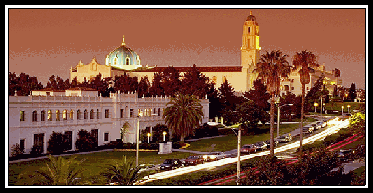|
C.
Money and the Macroeconomy
.
1. Measures of the money supply
.
a. C: Currency (coins and paper money)
.
b. M1: C plus:
.
c. M2: M1 plus:
.
.
.
.
2. Banking system
-
Fractional
reserve banking system - only a fraction of total
deposits need to be kept on hand as reserves
-
Required reserve ratio (r) -
proportion of total deposits required to be kept on hand as
reserves
.
a. Money creation
.
.
.
.
.
.
.
.
. .
b. Simple deposit multiplier
.
.
.
c. Money multiplier
.
.
.
3. Federal Reserve System
(Fed)
a. Structure
- 7 members of
Board
of Governors
- 12
Federal
Reserve District Banks
- Federal
Open Market Committee (FOMC)
- 4000 member banks
. b. Monetary
policy
.
(1) Open market operations
(a) Increasing money supply
.
.
.
.
.
.
.
(b) Decreasing money supply
.
(c) Other interest rates
-
Prime rate - rate banks charge best
customers
-
London Interbank Offered Rate (LIBOR) -
foreign equivalent of the fed funds rate, but based on
estimates
- LIBOR calculated for 10
different currencies, 15 different maturities
.
(2) Discount rate
- Increase discount rate => less borrowing
from Fed => less reserves => fewer loans => money
supply decreases
- Decrease discount rate => more borrowing
from Fed => more reserves => more loans => money supply
increases
.
(3) Reserve requirement
- Increase reserve requirement => less
reserves can be loaned => money supply decreases
- Decrease reserve requirement => more
reserves can be loaned => money supply increases
.
(4) Quantitative easing
.
4. Money market
a. Equilibrium
.
.
.
.
.
.
.
.
.
.
b. Impact of changing money supply
. |


